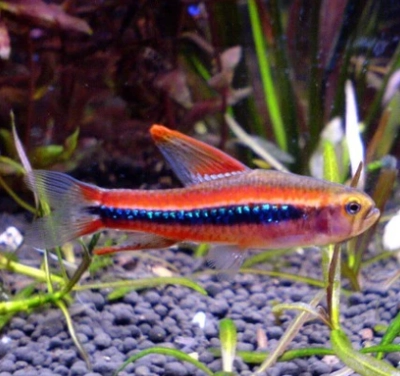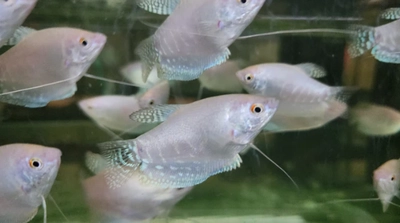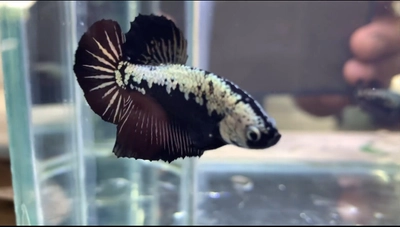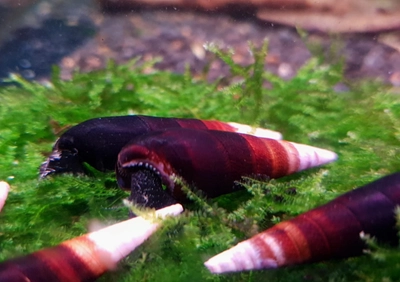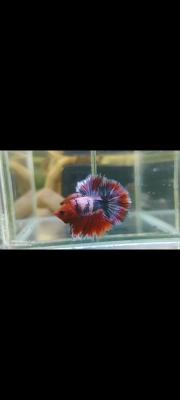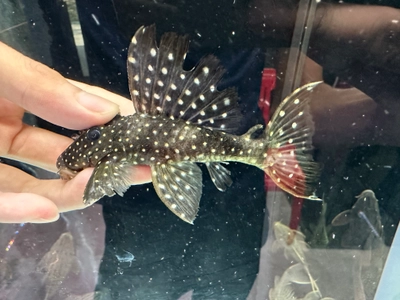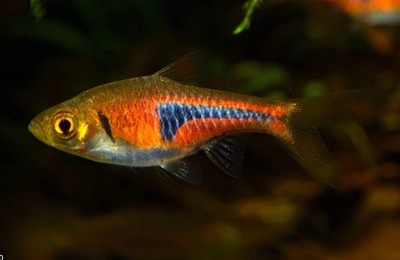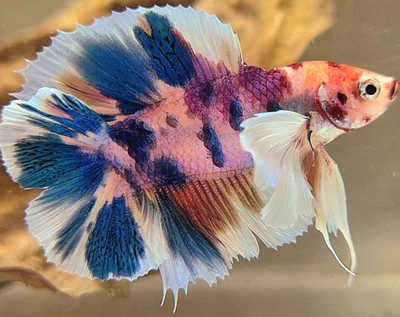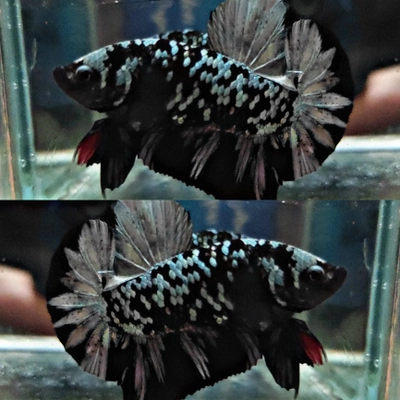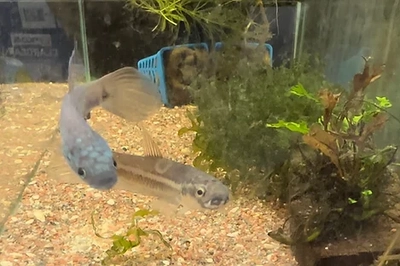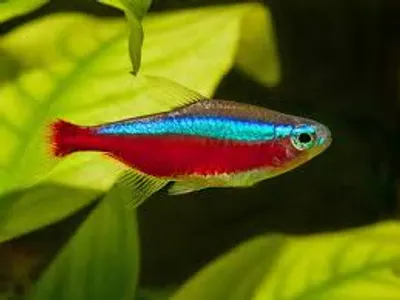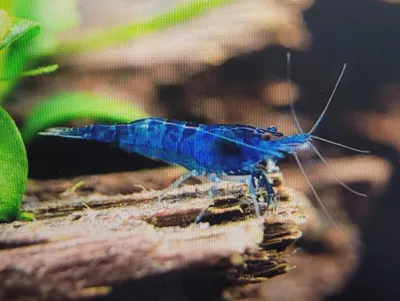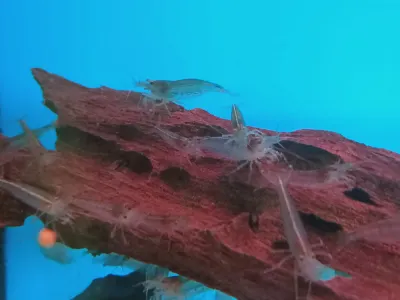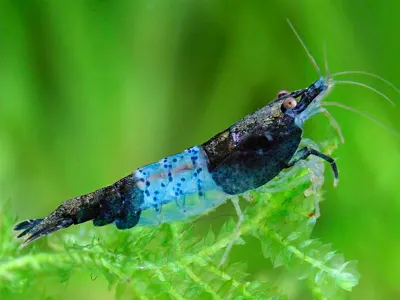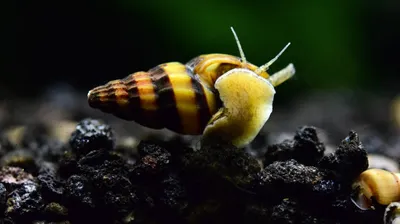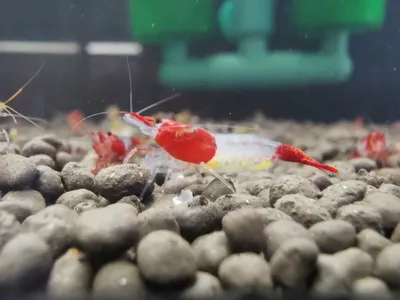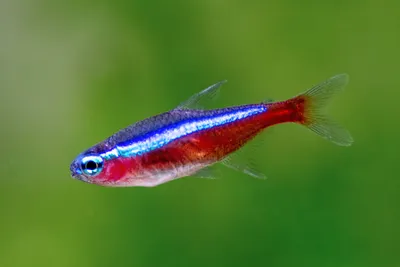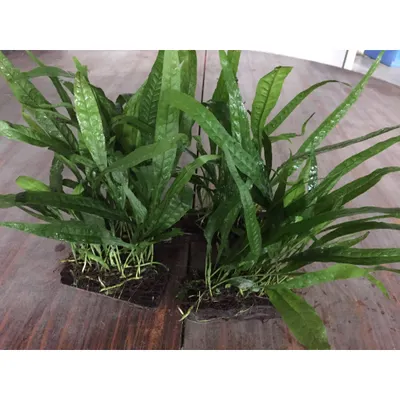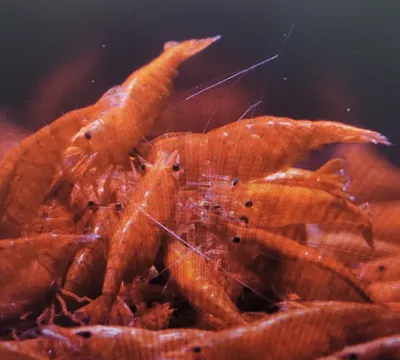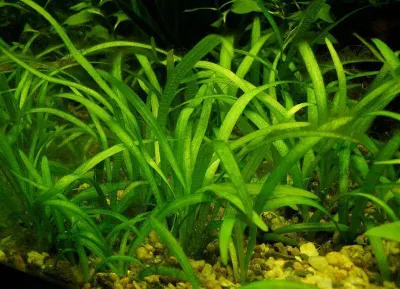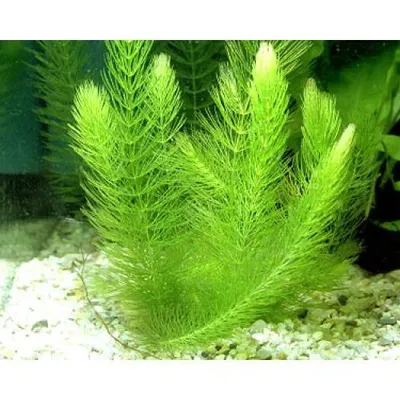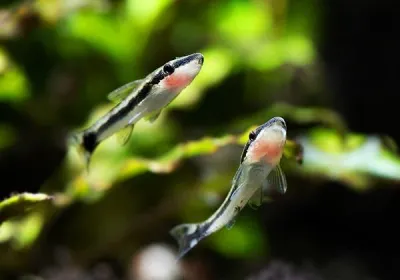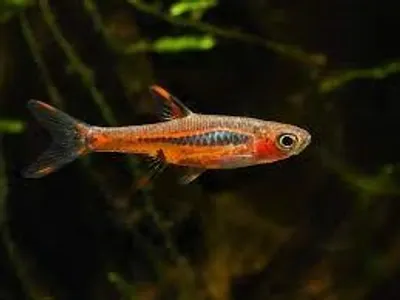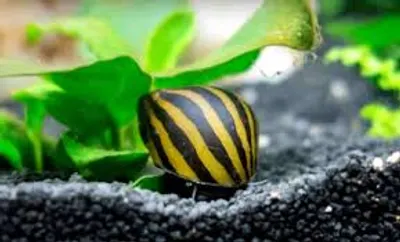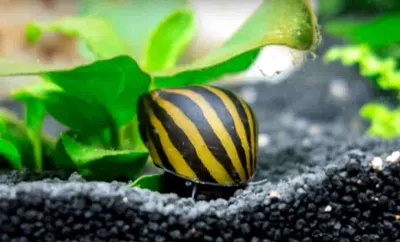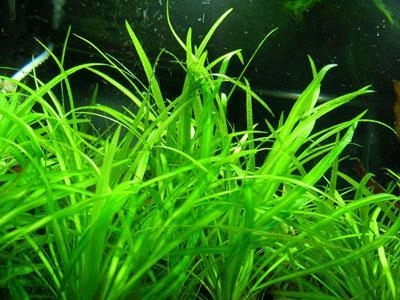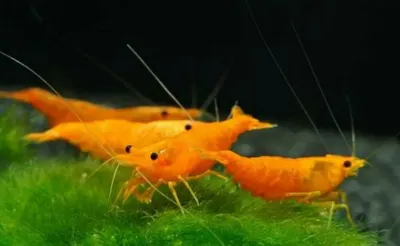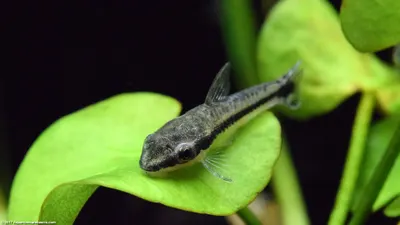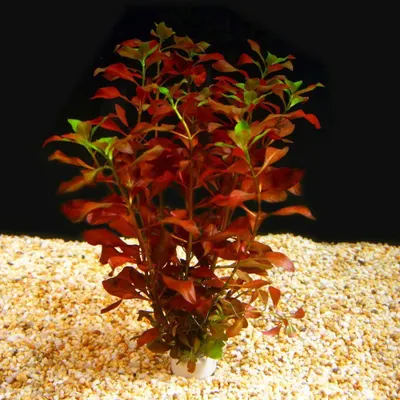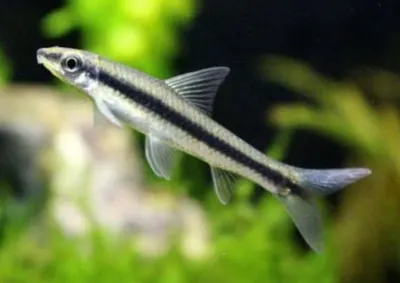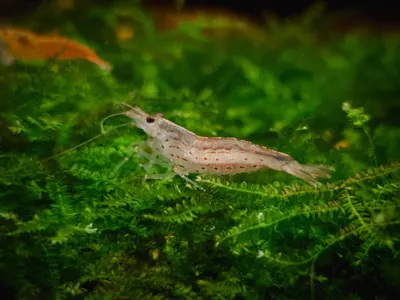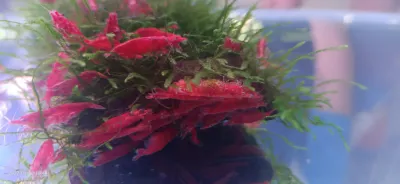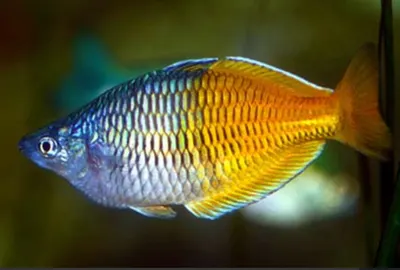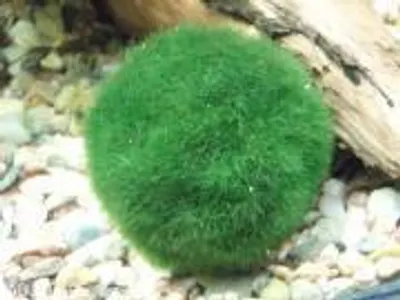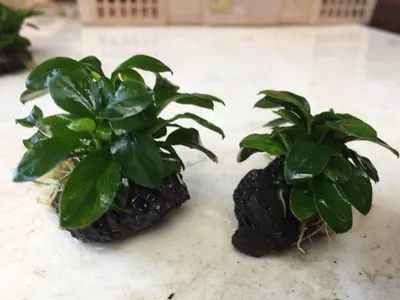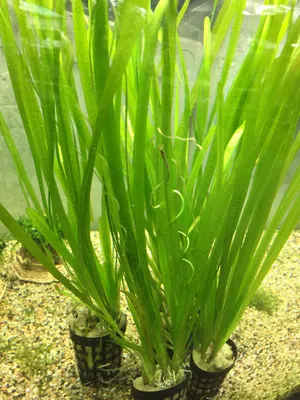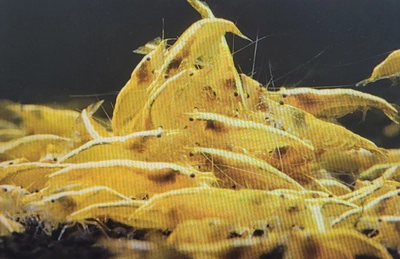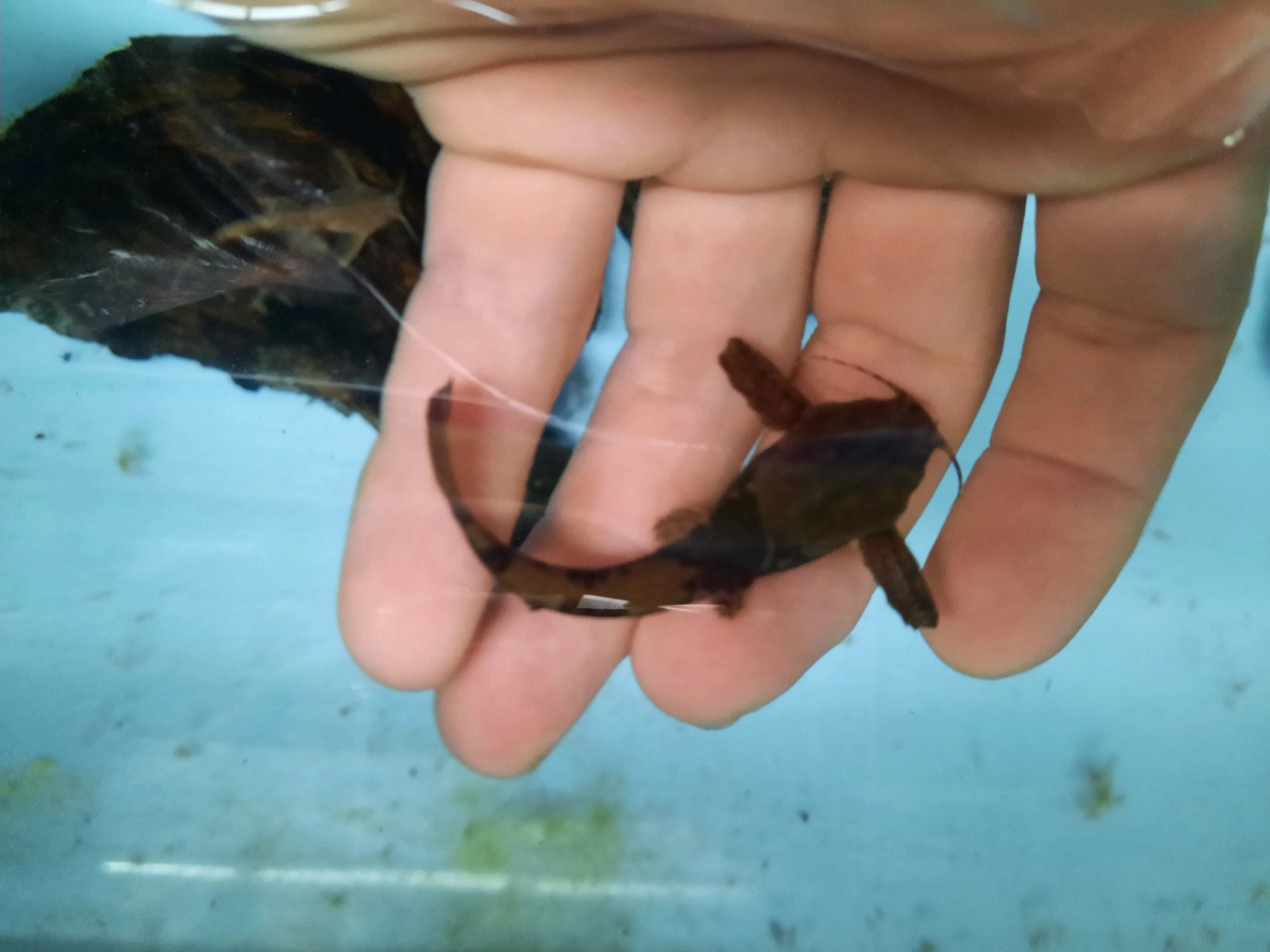
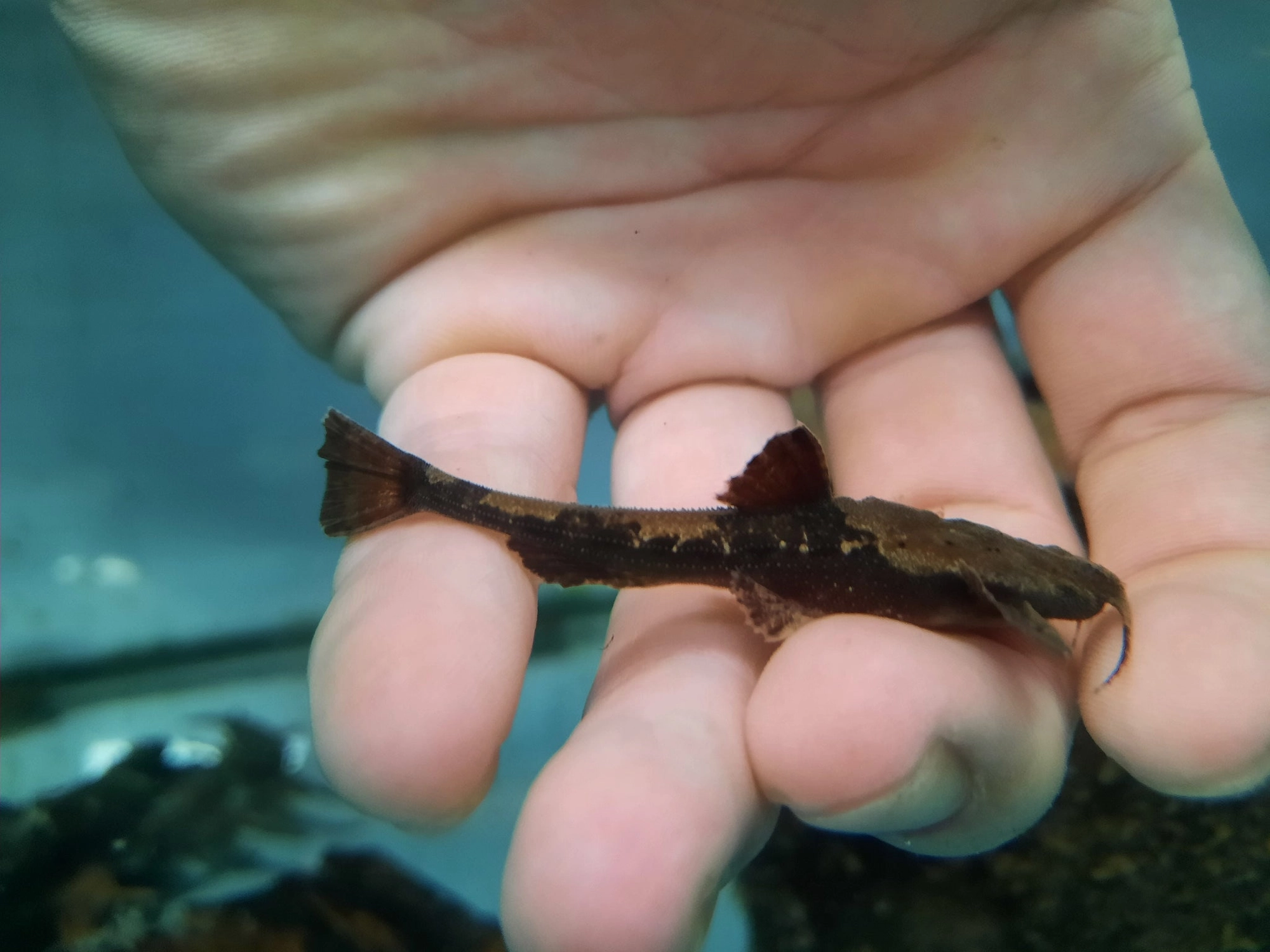


Product Details

Size
6cm - 7cm

Care Level
Medium

Temperament
Peaceful

PH Level
6 - 8
The Banjo Catfish, scientifically known as Bunocephalus coracoideus, is a unique and interesting species that can add charm to your aquarium. With its distinctive body shape and peaceful nature, the Banjo Catfish is an excellent choice for aquarists looking for an intriguing catfish species. Here's a detailed description of the Banjo Catfish, including its appearance, care requirements, and tank compatibility.
Appearance: The Banjo Catfish has a flat, elongated body with a rounded belly and a wide head that resembles the shape of a banjo, hence its common name. It has a light to dark brown coloration, often with mottled patterns or spots. The catfish has a small mouth and a pair of long, sensitive barbels near its mouth, which it uses to locate food in the substrate.
Size: Adult Banjo Catfish can reach a size of around 6-7 centimeters (2.5-3 inches) in length. They are considered a small to medium-sized catfish species, making them suitable for a variety of aquarium sizes.
Habitat and Water Conditions: Banjo Catfish are native to the rivers and streams of South America, particularly in the Amazon basin. They are bottom-dwellers and prefer sandy or fine-gravel substrate in the aquarium. These catfish are adaptable to a wide range of water parameters. Ideally, maintain a temperature between 24-28°C (75-82°F), a pH level of 6.5-7.5, and moderate water hardness.
Tank Setup: Provide a suitable environment for your Banjo Catfish by setting up a well-decorated aquarium. Use soft, fine-gravel substrate to mimic their natural habitat, and include driftwood, rocks, and plants to create hiding places and provide shelter. Ensure the tank has plenty of open swimming space while also offering areas for the catfish to retreat and feel secure.
Feeding Habits: The Banjo Catfish is primarily a carnivorous species. In the wild, they feed on small invertebrates and insects. In the aquarium, they readily accept various foods, including high-quality sinking pellets, frozen or live foods such as bloodworms, brine shrimp, and small crustaceans. Offer a balanced diet to ensure their nutritional needs are met.
Temperament and Tankmates: Banjo Catfish are peaceful and relatively shy by nature, making them suitable for community aquariums. They coexist well with other peaceful fish species that are not overly aggressive or likely to outcompete them for food. Avoid keeping them with larger, more aggressive fish that may intimidate or harass them. Suitable tankmates include peaceful tetras, rasboras, and small catfish species.
Care and Breeding: Banjo Catfish are relatively hardy and easy to care for. Maintain good water quality through regular water changes and filtration. They are egg layers, but breeding them in captivity can be challenging. Providing appropriate spawning conditions, such as slightly acidic water and flat surfaces or caves for egg deposition, may stimulate breeding behavior. However, successful breeding often requires specific conditions and expertise.
The Banjo Catfish is a fascinating and peaceful addition to freshwater aquariums. Its unique appearance and calm nature make it a popular choice among catfish enthusiasts. By providing a suitable tank setup, quality nutrition, and compatible tankmates, you can enjoy the presence of these intriguing catfish in your aquatic habitat.
Banjo catfish 6-7cm
Product Options
regular
Delivery
Delivery takes 3 to 7 working days normally. Delivery fees will be shown upon checkout. Some areas (Central Business District, Offices, Sentosa etc) will incur additional parking charges and there will be a top up needed via PayNow.
Quantity
Merchant
 FishList by DesmondLim Teck Whye
FishList by DesmondLim Teck Whye Aquarium Fishes, Tanks & Supplies From FishList by DesmondLim Teck Whye
Suitable Tank Mates for Banjo catfish 6-7cm
L177 Golden N..
SGD 56.25
Betta Black S..
SGD 30.00
Ss Glassbelly..
SGD 35.00
Blue rabbit s..
SGD 19.80
Products Similar To Banjo catfish 6-7cm
Fishes from nearby fish tank shops


 SG
SG




